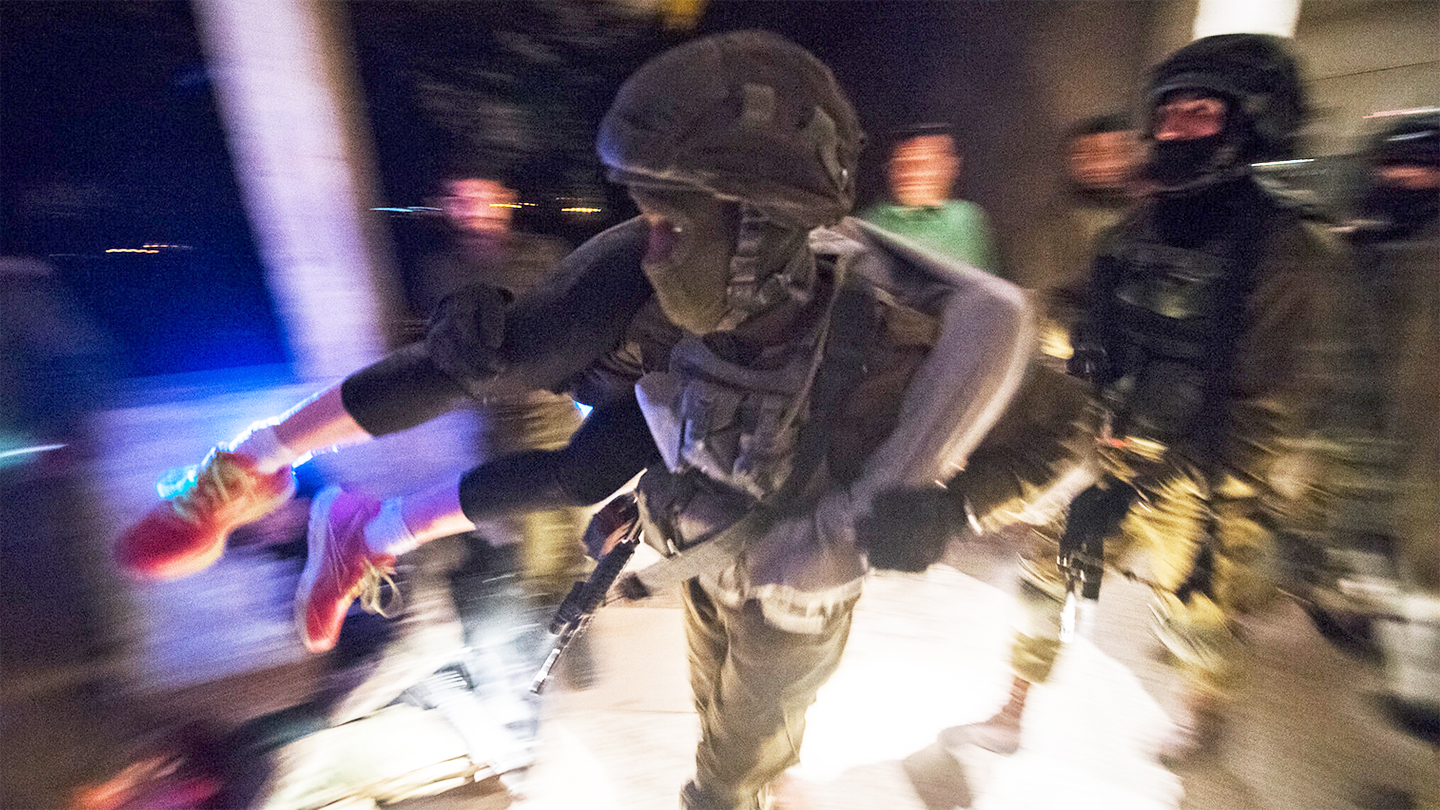Hostage rescue operations are among the most complex missions any military will face. Success requires detailed planning, actionable intelligence, speed, surprise, and a degree of control over the hostage location.
With about 150 hostages spread out across Gaza, some in buildings, some in tunnels, and some in Hamas’s best-protected enclaves in what is akin to the middle of an active war zone that is packed with an extremely hostile population, Israel doesn’t have many of those elements on its side.
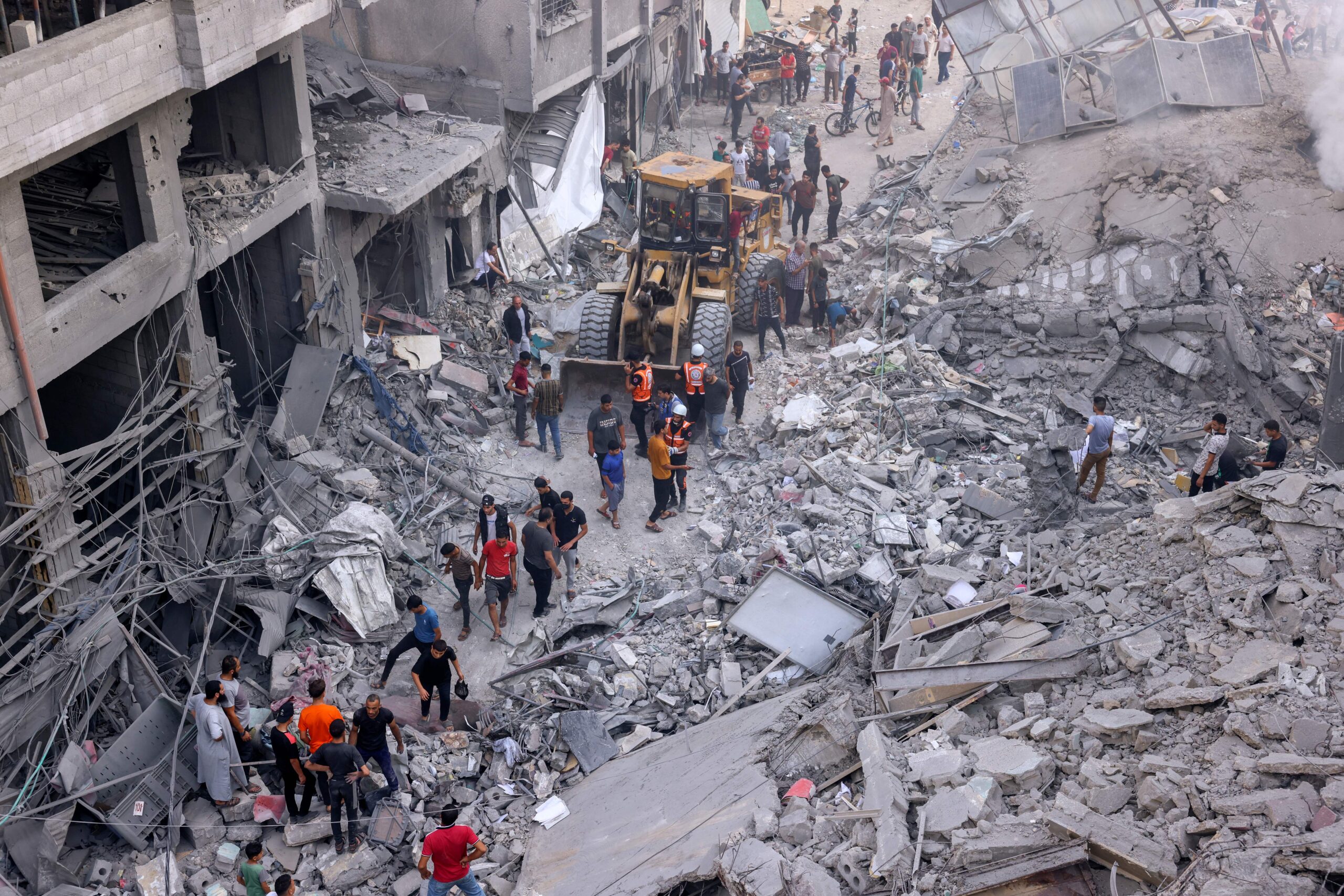
Given all this, several former military, intelligence, and FBI personnel who worked intimately on hostage rescue efforts gave us expert analysis on the challenges Israeli forces now face, what they need to accomplish, and the chances for success.
Tomer Israeli
Tomer is a former member of “Shin Bet” (Israeli Secret Service), a former captain in the Israeli Army Special Forces Sayeret Matkal — a field intelligence-gathering unit, conducting deep reconnaissance behind enemy lines to obtain strategic intelligence, also tasked with counter-terrorism and hostage rescue beyond Israel’s borders. He is also a former Executive Protection Special Agents Team Leader at the Israeli embassy in Washington D.C. He now runs the Israel Tactical School.
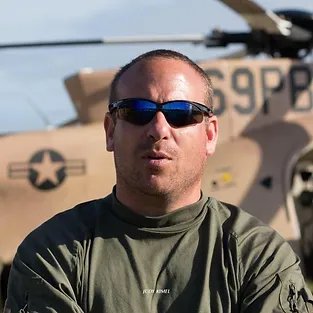
Israel is facing a unique problem set in trying to extract the hostages from Hamas’ control.
“There has never been a hostage rescue from Gaza before,” Israeli told us.
The reason, he said, is that despite being one of the most highly surveilled places on earth, Gaza is such a tight-knit community that human intelligence is extremely difficult to gather.
Even more so now.
“We cannot get the information like before because this is basically a war zone,” he said. “It’s not like I can run an undercover team in a peaceful environment, like in regular days, and collect information for an attack.”
That’s a problem, because information gathering is “one of the key components” of a successful hostage rescue. Without that, “the chance to really understand the objective is very, very slim.”
Another potential problem is the lack of surprise in conducting operations.
“Surprise is the key,” he said. “More than 90% of success in combat is to surprise.”
All this factors into mission planning, critical from conception to execution.
Hostage rescue planners need to understand where the hostages are located, who is holding them, and the level of danger to rescuers and hostage alike.
“Every building is different. The doors are different. They are secured in different ways. There are all kinds of surprises. If the enemy is very creative, it can do a lot of things” to thwart a rescue attempt.
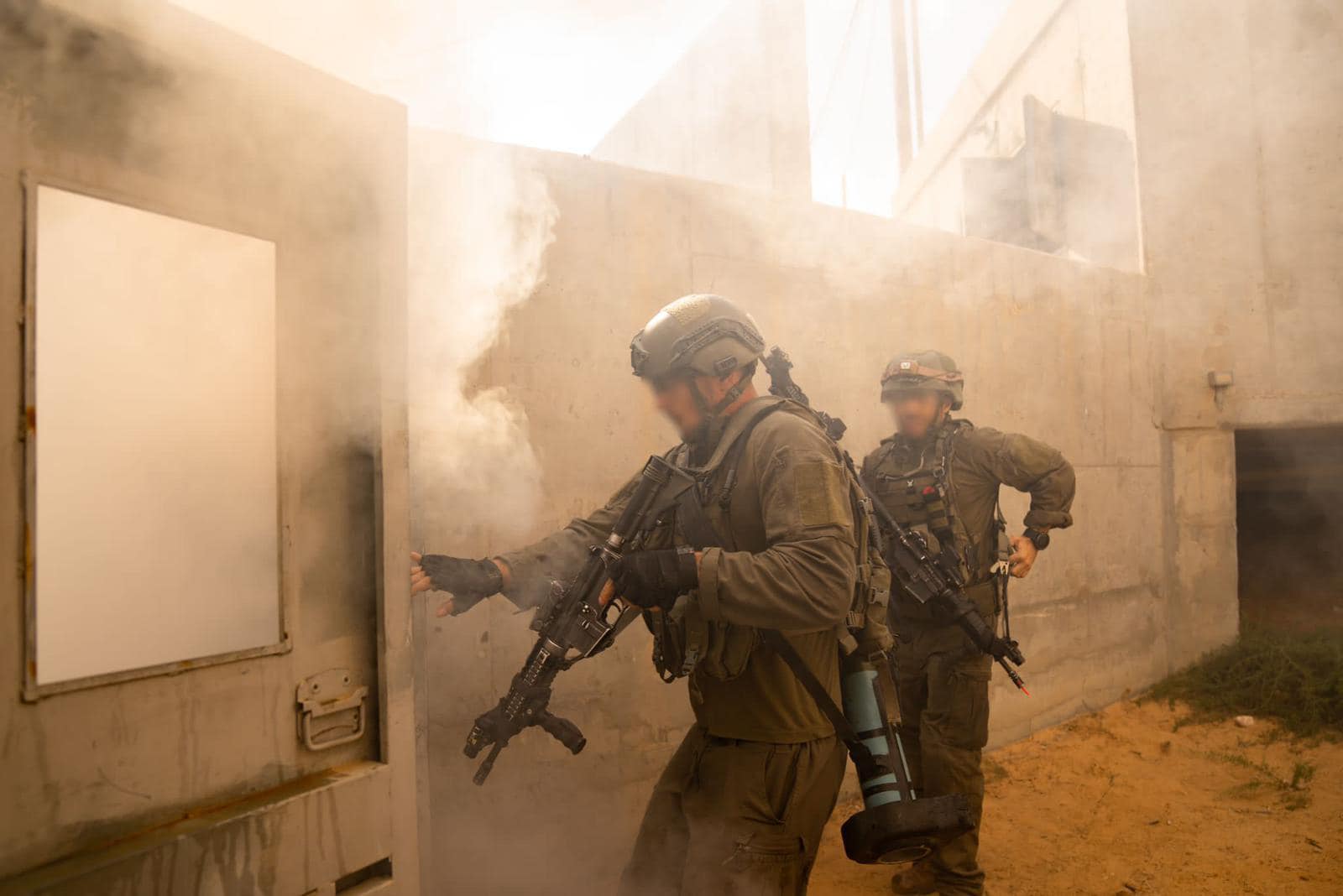
“First of all, in order to rescue the hostages you need to make sure that the area is safe, meaning you will have some control over the objective, let’s say a house or an apartment or basement or a place where the hostages are held,” Israeli told us. “You need to what we call ‘freeze the perimeter.’”
After that, a field assessment is made of the situation.
“You want to create a situation where basically the enemy will be too busy to handle the force penetrating their space,” Israeli said.
All this is complicated by Hamas separating the hostages and moving them around.
“There is not just one objective with where the hostages are held, it’s probably several of them,” said Israeli. “Maybe some of them are underground and also maybe in the most protected places in Gaza.”
That, said Israeli, is Dar al-Shifa Hospital in Gaza City. The hospital is the center of the Palestinian medical community’s efforts to treat the tremendous influx of people wounded in the ongoing massive Israeli bombardment. It is also a morgue for the drastically increasing number of people killed in those attacks. However, in addition, it serves as a Hamas headquarters, according to Israeli.
“It’s a very busy hospital, but Hamas is using their own patients and civilians as a human shield. Basically, under the hospital, they have the headquarters of the Hamas regime, the Hamas army is headquartered there. Everything is under al-Shifa Hospital.”
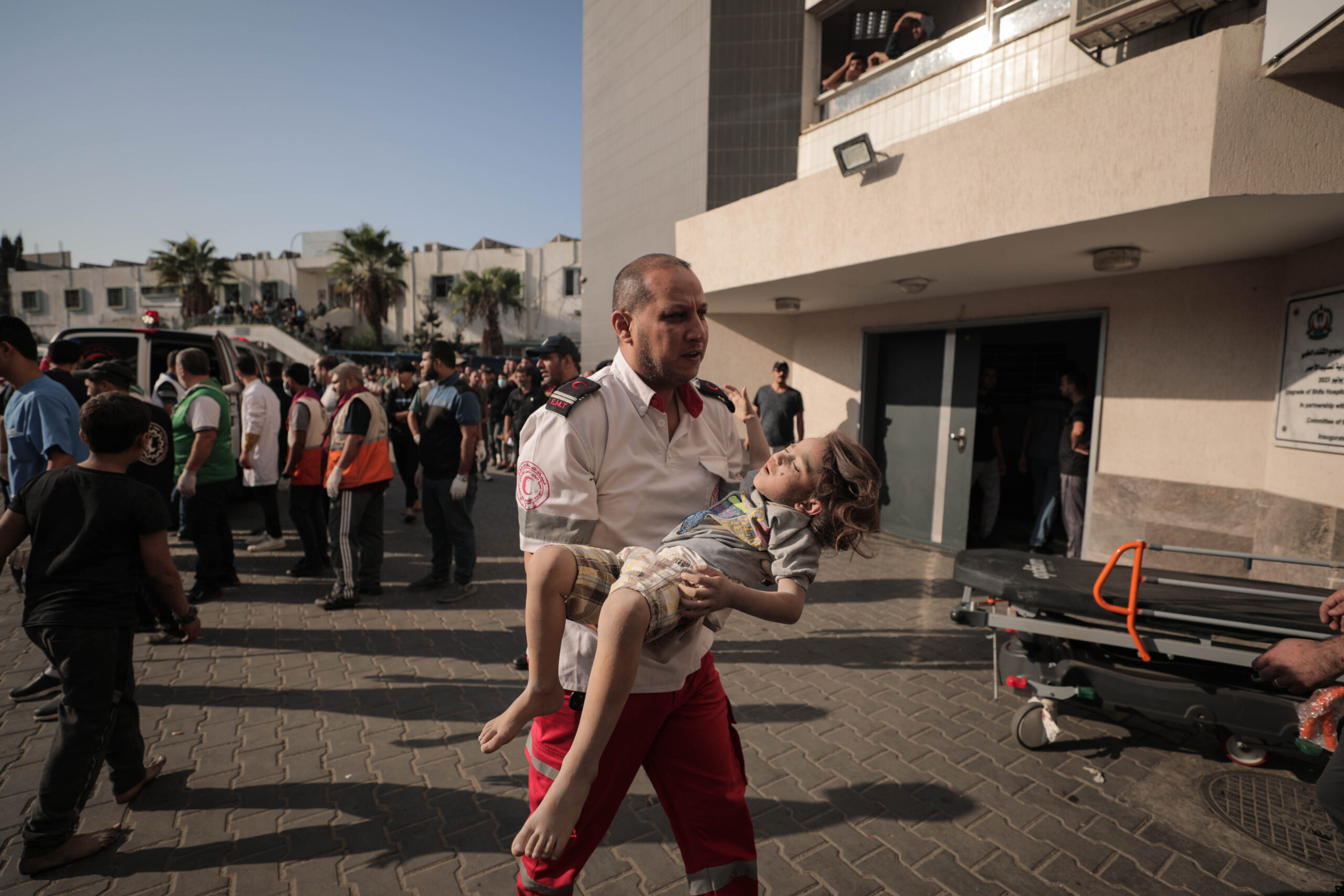
Hostage rescues add a great deal of danger to those performing them, said Israeli.
“These missions are very, very surgical, meaning it’s selective. We cannot use grenades, for example, because we may kill the hostages. If I cannot use grenades, the way to go in may put the soldier in jeopardy.”
Adding to the danger is the time rescuers have to take to ensure that no hostages are in the line of fire.
“You cannot shoot without identifying what you are shooting at.”
That gives the enemy additional time to react.
“So all the movement is much more dangerous to the soldier because they need to identify the enemy and distinguish between the enemy and non-combatants. That motion is more dangerous…than traditional infantry urban warfare.”

There are some benefits to carrying out such missions in the middle of what is going to become a massive military assault, Israeli said.
“The units that are actually doing the work of hostage rescue are the most highly trained units in the country,” said Israeli. “We know how to do it. But to go to a position that involves hostage rescue, we need also to get a level of security from not as trained forces. Units with the infantry that will secure the perimeter while the hostage rescue units actually work on the objective.”
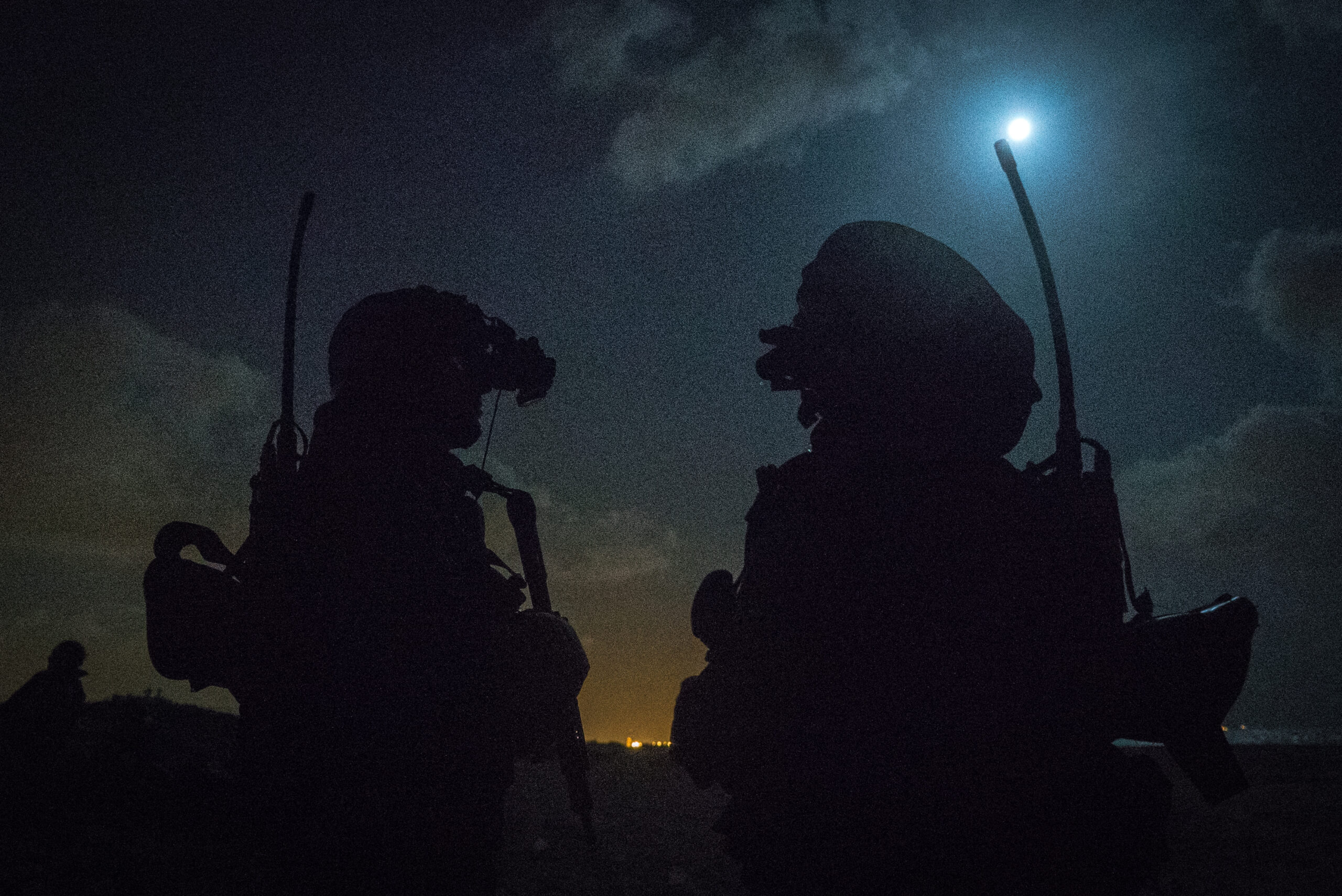
“We know how to manage that situation, especially in Israel,” he added. “The biggest problem is to know where the hostages are and get the information to actually plan a mission that has a good chance to succeed.”
Given the challenges noted earlier, the IDF is relying on a mix of open-source intelligence as well as human, signals and electronic intelligence “and basically different channels of information that we can verify from a rumor to a fact. We have to make sure the information we have is valid.”
Israel’s decision to cut off fuel, electricity and water is a benefit to hostage rescue efforts, said Israeli.
“It’s super helpful because it puts pressure on Hamas, it is as simple as that. So basically we can now negotiate a situation that wasn’t there before. Once we shut off the electricity, the water and the other stuff, we put the Hamas decision-makers in a position that they have pressure. And due to this pressure, they will be more available to compromise. For example, give us the women, the kids. You know they kidnapped toddlers, it’s really crazy, right?”
With utility services used as a bargaining chip, “basically, it is like, unfortunately, a business negotiation.”
Israeli said that to his knowledge, U.S. special operations forces have never participated alongside Israelis on the ground in a hostage rescue mission. There is, however, a long history of cooperation.
“We have collaboration on the intelligence level, always all the time. It’s a good one, a meaningful one.”
Despite the many challenges, Israeli remains confident that at least some hostages can be saved.
“We can do it,” he said. “It’s more challenging, but nothing is impossible.”
Navy Reserve Lt. Cmdr Bryan Stern
Lt. Cmdr Stern is assigned to SOCOM – Navy Reserve. He was previously assigned to the Defense Intelligence Agency-Defense Attaché Service and served as an advisor to the Defense Secretary’s Protecting Critical Technology Task Force. He spoke to us Friday from Israel where he is organizing an effort to rescue American citizens in his capacity as CEO of Project DYNAMO. That’s a non-profit international rescue organization conducting rescues of Americans, allies, and partners from Afghanistan, Ukraine, Russia, Sudan, and other denied areas.
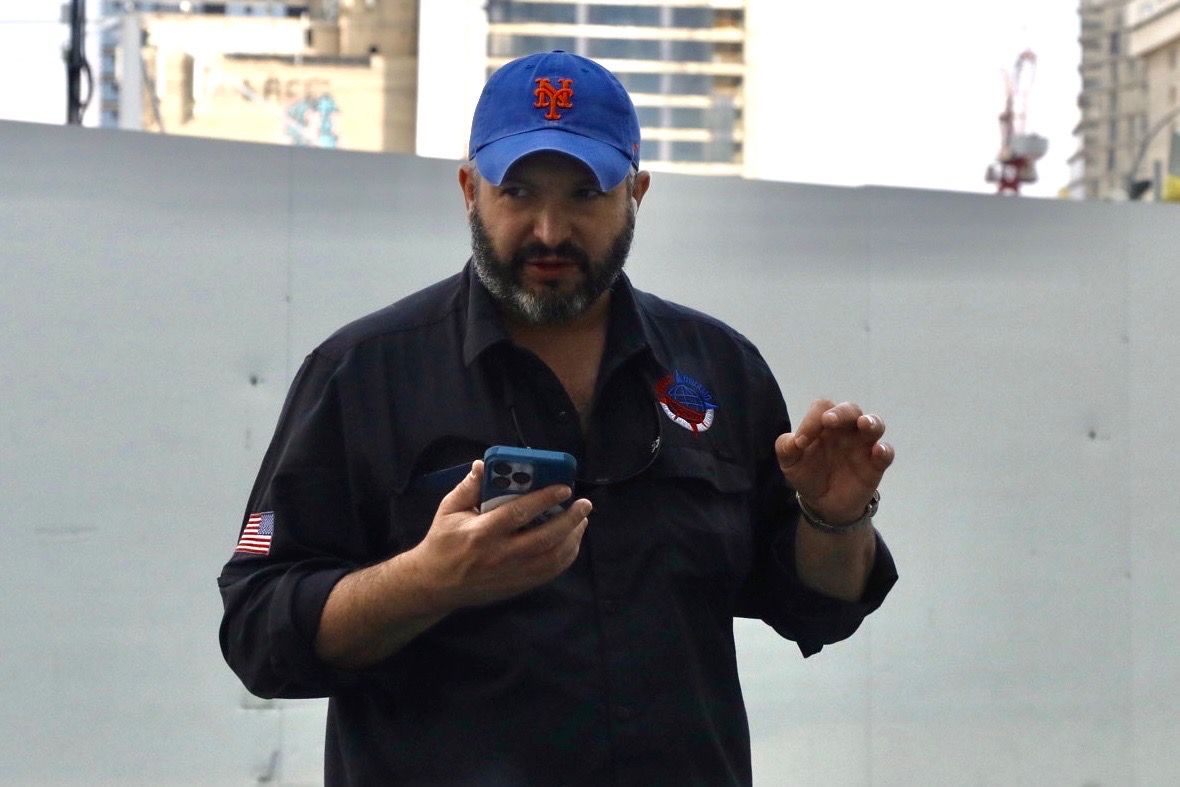
“This is one of the most complicated and dynamic and large hostage rescue situations that I’ve ever seen,” Stern told us. “There’s many, many, many of them, not just Americans. There’s all kinds of nationalities, up to 150, and they’re in the most densely populated real estate on Earth.”
“So from a hostage rescue perspective, the element of surprise is nearly impossible. It really is. And that issue is further exacerbated by the likely poor human intelligence that the Israelis had [before Hamas’ Oct. 7 invasion]. The Israelis have made the same mistake that we have made with our intelligence community. We’re really excited about AI and sensors and drones and satellites and technology and all those good things, but there is no replacement for looking at a man’s eyeballs.”
“That’s why we’re having this conversation,” he said. “They’re really excited about the technology. But the reality is, technology only tells you so much. So to that extent, being able to sneak in and establish placement and access as Israelis sought …without people, without any forces on the ground, that’s going to be a big challenge.”
Stern said that the Duvdevan, one of Israel’s “really elite and awesome units that do this sort of thing in Israel” suffered heavy casualties this week, rendering them far less effective and adding to Israel’s hostage rescue challenges.
“So this is hard stuff that hostages are being held all over the place under really terrible conditions. Really hard to sneak up on.”
Stern, who has worked for years with U.S. special operations forces and is currently attached to SOCOM, told us he didn’t know of any plans to have Tier 1 elements on the ground in Gaza and wouldn’t tell us if he did.
“I don’t think any U.S. Tier 1 assets would go with [the Israelis]. I think that would be surprising. Never say never.”
Stern is not overly optimistic about the outcome of this situation.

“I think in the end, we’re gonna see blood on the streets,” he said. “I think we’re gonna lose a few hostages. I think that some are going to die in captivity. There’s at least one that I know of that — you know, people have died of us. I’ll say that.”
If there are any hostage rescues, Stern said they will most likely be “negotiated out.”
“I would elect to not do a tactical operation based on what I know today,” he said. “I think that is a really, really, really high risk. There’s a tremendous amount of intel they probably don’t own.”
But that is likely wishful thinking. After the brutal Hamas invasion on Oct. 7, there isn’t much appetite for talking, said Stern.
“The Israelis I’ve worked with and spoken to — there are many of them who consider those hostages already martyrs and heroes and they want to build shrines.”
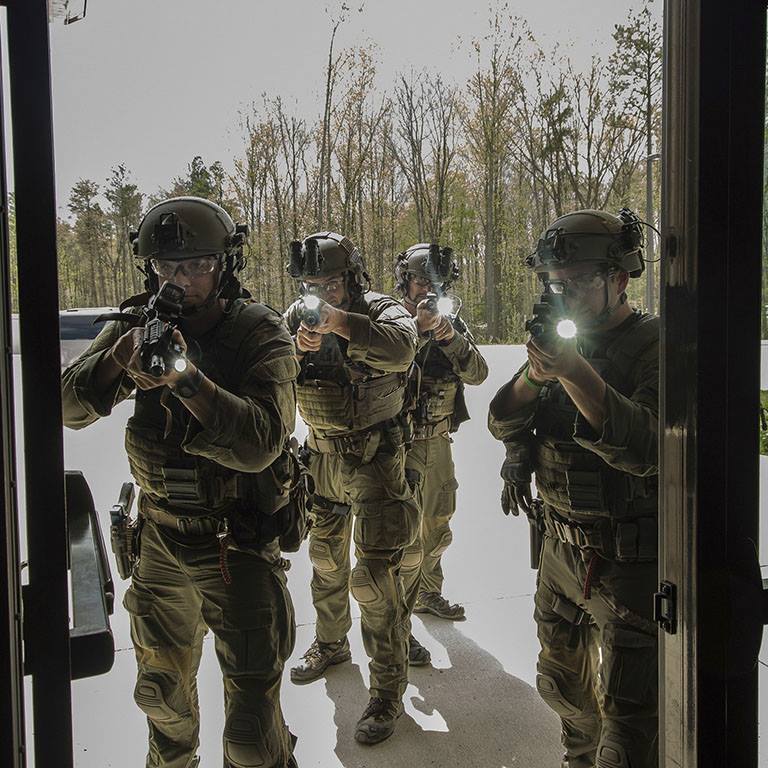
That grim perspective, Stern said, “takes away the leverage from the hostage takers. Meaning a hostage is only good if he is valuable to somebody else. If that hostage is no longer valuable, then it doesn’t really matter.”
Israel, he said, will do the best it can under very trying circumstances.
“In a hostage world, negotiation is always better… because it’s more amicable and it’s safer for the hostage, right? People get killed in hostage rescue operations, even the hostages. It happens all the time.”
While “an amicable negotiation is certainly in the cards,” the problem, said Stern, “is that I don’t know if the Israelis are hearing that. I’m not sure they are having this conversation.”
Zorka Martinovich
Martinovich retired in 2018 from the FBI as a supervisory special agent in the FBI’s Crisis Negotiation Unit as a negotiator and served on the National Security Council Hostage Working Group.

As someone who has helped negotiate hostage situations around the world and supervised many other such cases, Martinovich told us that one of Israel’s biggest challenges in this case “is not losing their patience.”
For the Israelis, this is a great dilemma, “because all their options are bad, are fraught with risks, understandably, in considering the size of the kind of area that they want to have cordon around and isolate the terrorists. It’s complicated just by the sheer volume and size.”
For Hamas, one of the questions becomes how close are they to their original plan for this hostage-taking as it was conceived, said Martinovich.
Hamas knows that Israel “historically made big concessions to win freedom for hostages, almost all of them over soldiers or their remains,” according to The Associated Press.
Israel’s history of lopsided prisoner exchanges included the trading of Staff Sgt. Gilad Schalit – held by Hamas for over five years – for more than 1,000 Palestinian prisoners in 2011. Among them was the current Hamas leader in Gaza, Yehia Sinwar.
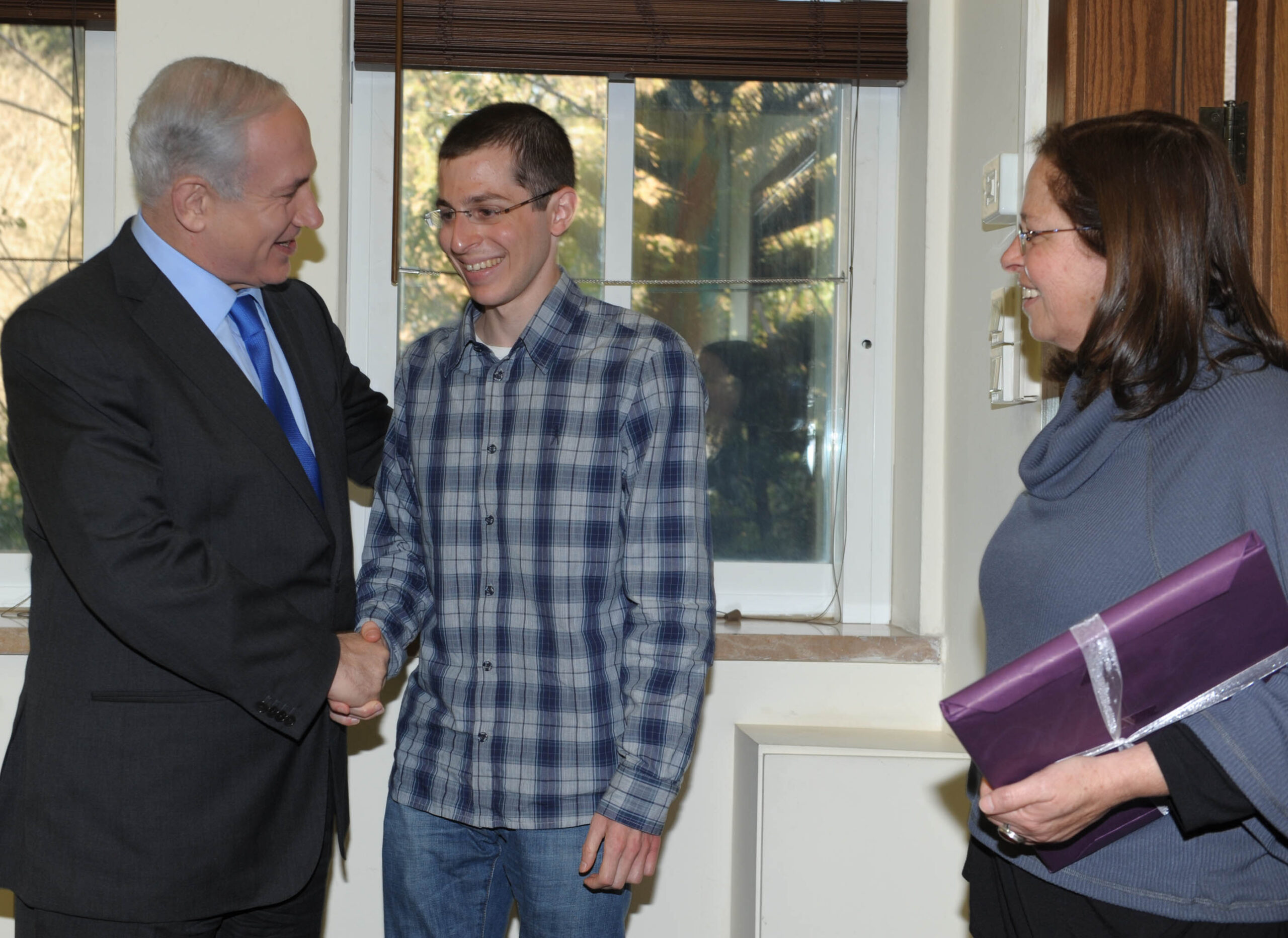
Hamas has demanded freedom for all 5,200 prisoners the Palestinians say are held in Israeli jails in exchange for the captives, according to The Associated Press. As we reported previously, Hamas has threatened to broadcast the execution of Israeli civilians every time Israel bombs Gaza without warning. So far, that has not happened, and, as we have previously reported, Israel has dropped more than 6,000 bombs on Gaza.
Hamas only released its first hostage video on Monday and claimed to show “Mujahideen from the Al-Qassam Brigades provide medical care to a female prisoner in Gaza, who was captured on the first day of the Al-Aqsa Flood battle,” according to the Hamas Telegram channel.
Martinovich wonders where the hostages are being held and “what kinds of decisions can their captors make? Is there any possibility of getting some of these people out, trying to get some sort of dialogue going with them more directly to discuss the release of some of the hostages?”
On the other end of the hostage rescue efforts are the families desperately waiting for news about loved ones.
In addition to U.S. military personnel advising the IDF, the FBI also has agents in Israel and elsewhere working on this problem.

“I’d imagine there have been teams with different services, crisis negotiators, case agents, who have physically and personally met with families,” said Martinovich.
The FBI is working with families on “managing expectations,” providing what information agents can, and helping families with their messaging as they take to social media and do interviews.
“I have seen quite a few families putting out public messages. So I would hope that the FBI and others are supporting the families in being very strategic in their messaging.”
Not only is it possible that the hostages see these messages, but the captors could very likely as well.
The hostages “live the consequences of our actions and decisions. And that includes actions by the families. And so we’ll be really careful and coordinated.”
One of the difficulties in knowing how this will turn out is not knowing how Hamas is reacting to the increasing pressure being applied by Israel, both in terms of kinetic activity like the ongoing bombardment and the cut-off of vital services.
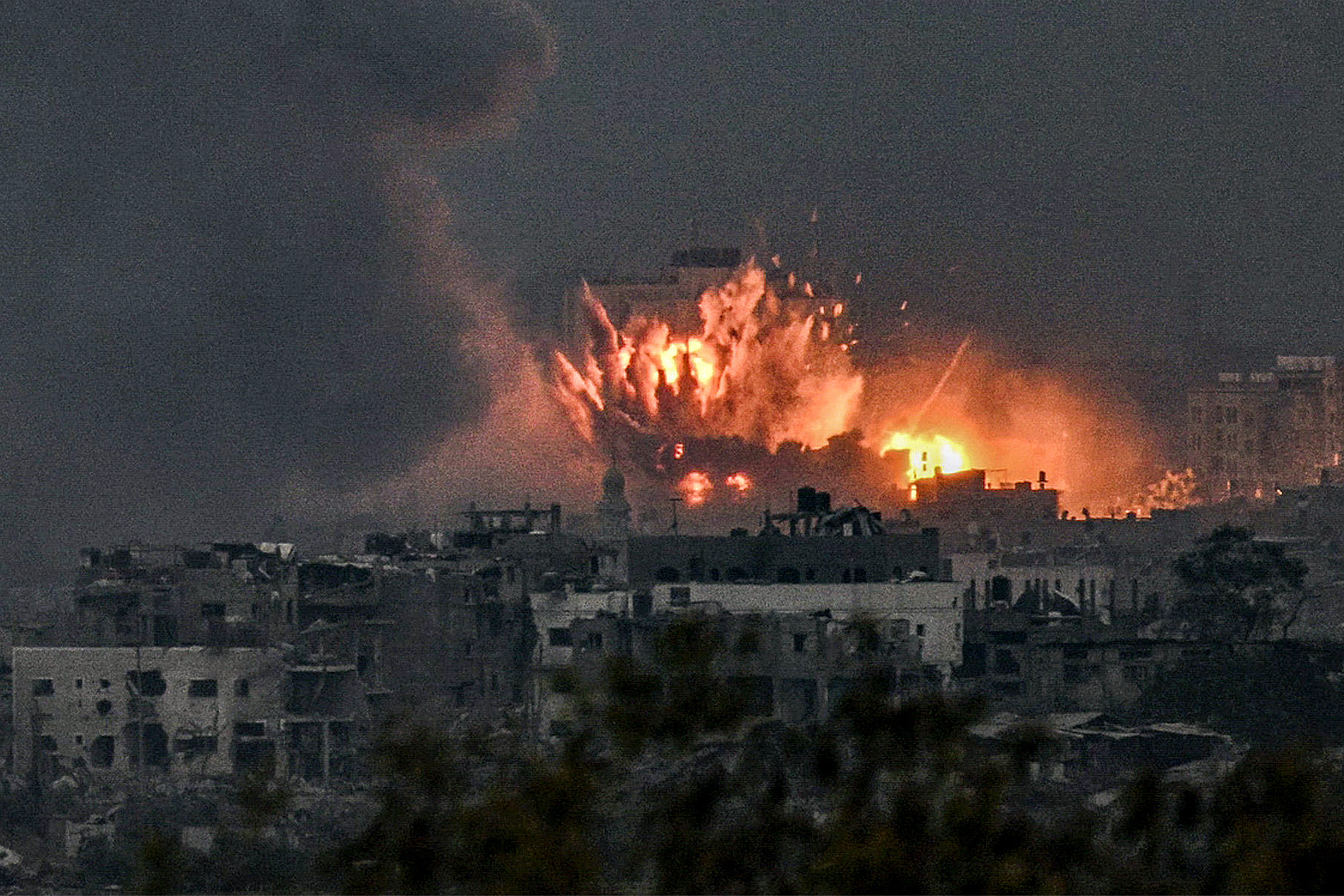
“What we’re working against is not necessarily the reality of what’s happening. It’s the perception of the terrorists and what they imagine to be happening,” she said.
A looming question is how Hamas is reacting to the increasing pressure.
While Israel cut off electricity, fuel and water for a myriad of reasons, one typical hostage negotiation technique is called “manipulation of anxiety,” she said. That’s where efforts are taken to make the hostage-takers uncomfortable.
“Where they’re sitting, they see an escalation and they probably feel this cordon tightening on them, and their utilities have been turned off.”
This technique has consequences, and some may be unwelcome, she added.
“You just have to be careful and deliberate in applying your strategy. You can incrementally adjust it, so that you’re not doing anything that is going to cause some sort of traumatic escalation.”
The FBI generally cautions against using this technique, “but there are few absolutes in negotiating and considering the extreme circumstances, it seems the potential benefit outweighed the risk at that decision point,” she said.

The concern is exacerbated by having so many hostages in multiple locations.
“Generally in a situation where you have multiple hostages, whether you release someone or you kill someone to demonstrate your seriousness, they still have more hostages. So it is going to impact.”
Another question hostage rescue planners have to consider is what happens if Hamas begins killing hostages.
“If they were to kill one hostage, would that change the calculus for Israel? So all of those things [raise] difficult questions. [There are] difficult decisions to be made. And every decision and every potential outcome is fraught with risks.”

Despite all the discussion about an Israeli tactical response, Martinovich said she holds out hope that a negotiated settlement can still be worked out.
As for whether there is a successful outcome to all this, Martinovich said it all depends on the definition of success.
“For me it would be getting all the hostages out alive, at the minimum, saving lives. And that’s across the board for everyone.”
That includes ‘the operators going in very dangerous situations and putting their lives on the line.”
Retired Army Gen. Joseph Votel
Votel is the former head of both U.S. Special Operations Command and U.S. Central Command and is currently a Distinguished Fellow at The Middle East Institute. He oversaw numerous hostage rescue efforts in Afghanistan, Iraq, Syria and elsewhere.
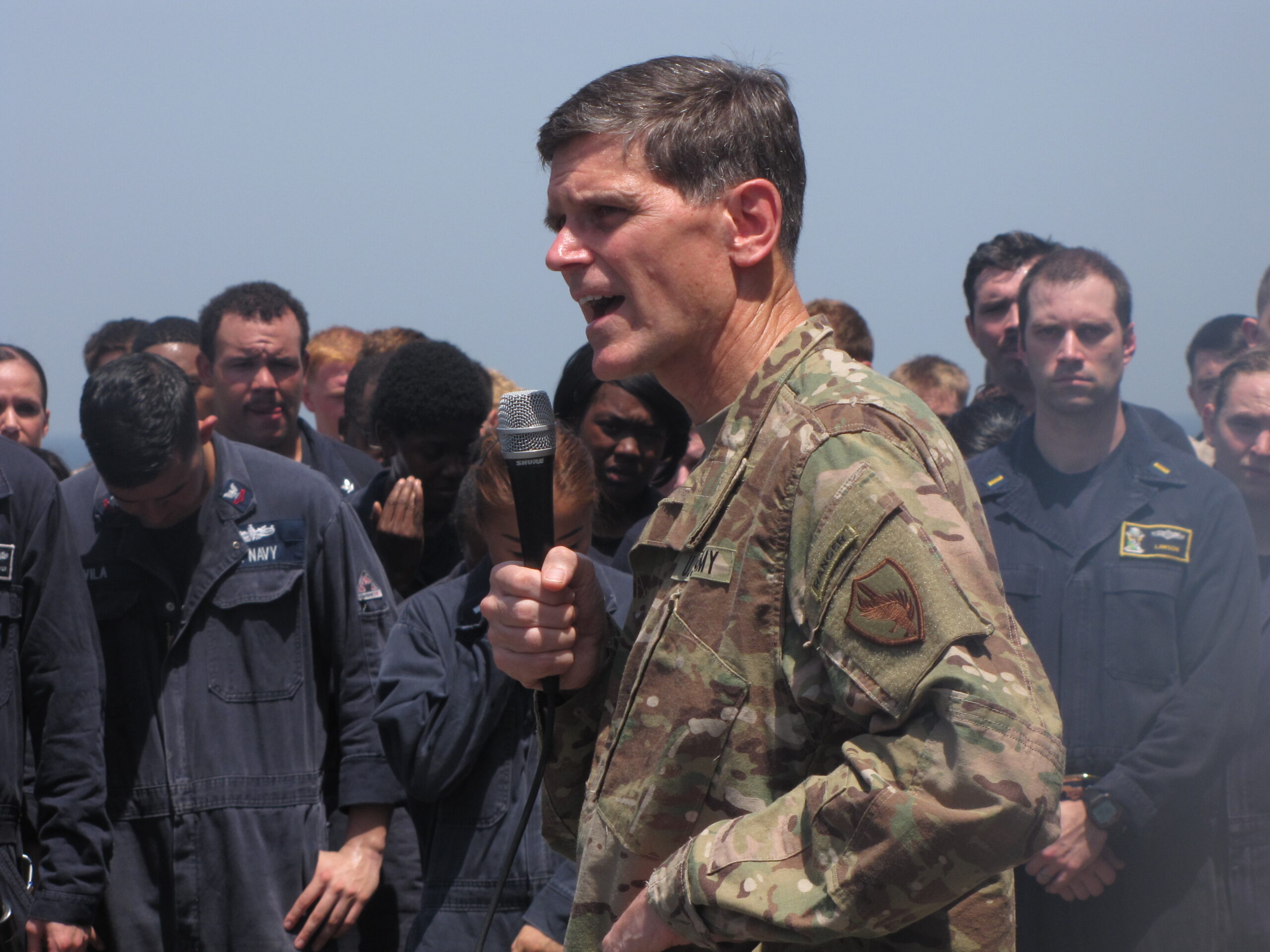
“Actionable intelligence is the biggest challenge,” Israel will face in rescuing hostages from Gaza, he told us. “Hostage rescue operations are designed to be very precise in order to preserve surprise and security but also to present the greatest chance of recovering the hostage alive.”
That any rescue attempts will take place amid a major ground incursion into Gaza is both a help and a potential hindrance, said Votel.
“Major operations could provide some cover for a more precise hostage rescue operation, but it is also very possible that Hamas could further endanger the hostages as a result of a more general military on-the-ground campaign. That said, the Israelis may not have the luxury of being so distinct or waiting. In any case, they will grapple with not only risk to the force but risk to the hostages.”
Those risks are numerous, he said.
“Difficult urban terrain, destroyed infrastructure, ‘home field’ advantage for the hostage takers and a civil population that is more aligned to Hamas than it is to Israel all make this very difficult.”
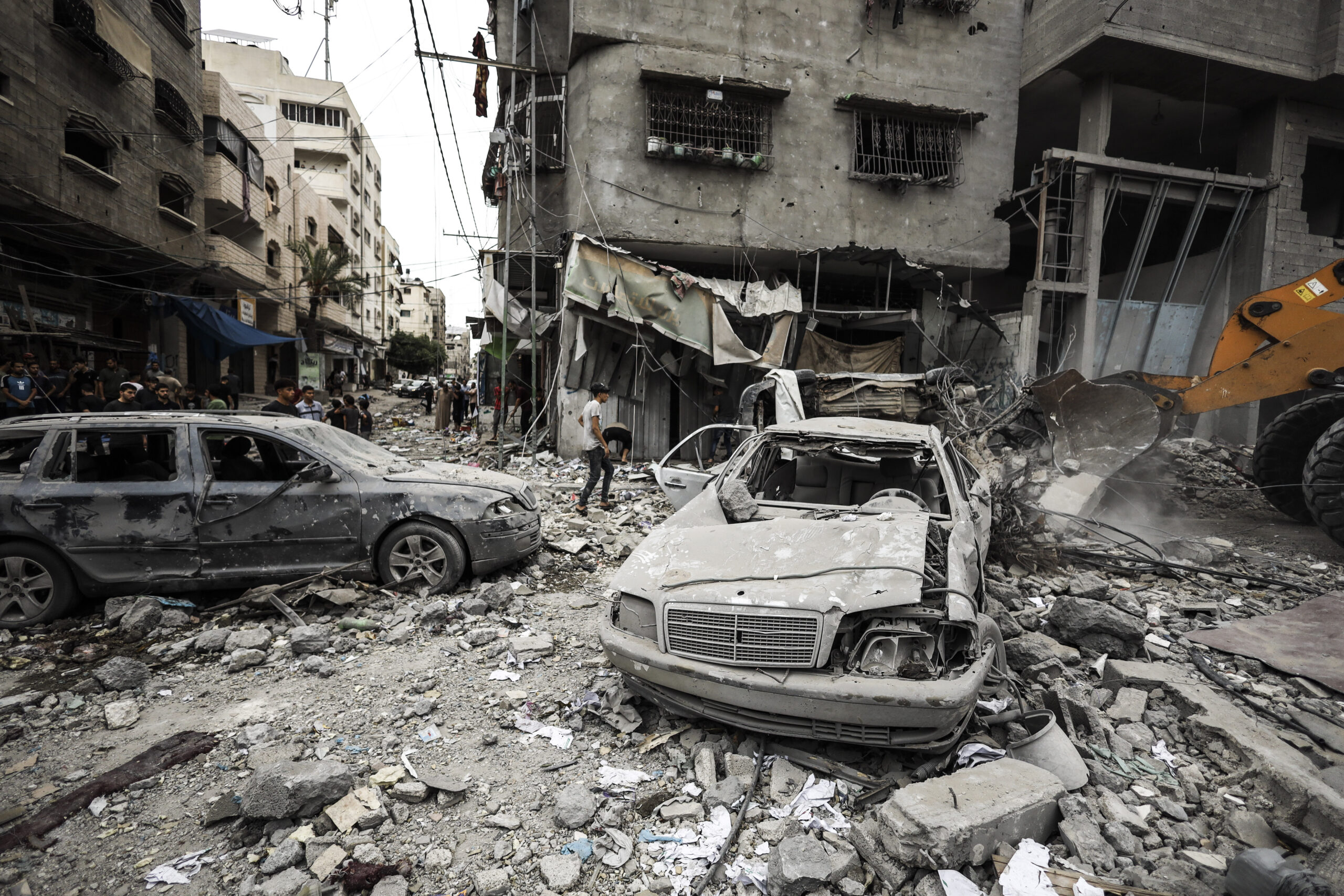
The situation in Gaza, he said, is quite different than those he oversaw at CENTCOM and SOCOM.
“I think they are much different than my experience, which largely included (but not exclusively) remote areas where we had very clear dominance and could operate in a more permissive manner. We also had fairly exquisite intelligence that supported our operations and the opportunity to stage forces in a way that gave us a lot of flexibility.”
Whether Israel will succeed in rescuing at least some of the hostages is “very hard to say,” said Votel. “These are all very deliberate operations that include a very comprehensive discussion of risk. We would not just execute for the sake of executing — but only if there was an acceptable level of risk and an assessment that it would be successful.”
Given the circumstances, the level of acceptable risk may change, he said.
“We may be willing to accept a bit more risk for an American citizen than we might for something else.”

As our friends at Task and Purpose reported, Defense Secretary Lloyd Austin “has also told the Joint Special Operations Command to ‘lean forward’ with providing intelligence and planning support” to the IDF.
Last week, White House National Security Council spokesman John Kirby told reporters “the Israelis have made it very clear that they don’t want foreign troops on their soil.” He added that while “we have some experts that were already in country, in part providing advice and counsel on, like, hostage recovery,” the U.S. ”has no intentions, no plans to put American troops on the ground in combat.”
We asked Votel if U.S. Tier 1 units, like U.S. Navy SEALs’ DEVGRU (SEAL Team 6) or Detachment D (commonly known as Delta Force), could be acting under Title 50 (generally speaking, the U.S. law pertaining to covert action), instead of Title 10 (the U.S. law pertaining to the military, thus, technically, combat operations).
Sometimes, as in the case of the May 3, 2011, raid that killed al-Qaida leader Osama Bin Laden, the U.S. carries out Tier 1 missions under the Title 50 auspices.
Then-Defense Secretary Leon “Panetta stated that this was a Title 50 operation after the raid,” Votel said of the Bin Laden raid. “I think the reason was probably a combination of intel community authorities, secrecy, and deniability (especially for the Afghans).”
“I lack the specific intel and situational understanding that might drive U.S. forces to participate and I do not know what policy discussions are taking place with the Israeli Government over this matter,” Votel told us. “That said, the U.S. is the best in the world and, if not involved in a direct way, would likely be involved in an indirect fashion helping our Israeli partners. I would also add that these missions are not typically Title 50 operations, they are more predominantly Title 10 operations.”
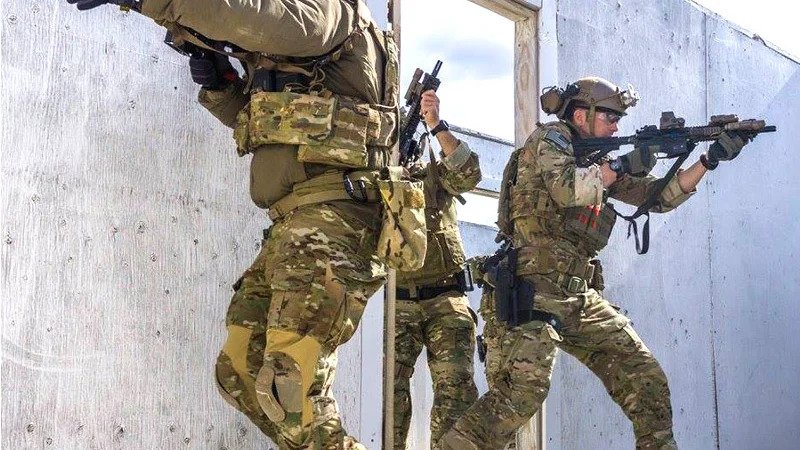
On Friday, the IDF said it retrieved the bodies of several Israelis who had been missing since the Oct. 7 surprise attack and notified their families, Haaretz reported.
Given the circumstances, and the tremendous challenges Israel faces in rescuing those who are still being held, it is unfortunately likely that there will be more such notifications to come.
Contact the author: howard@thewarzone.com
